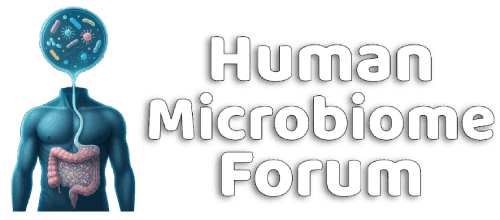Summary
Background
Meat consumption could increase the risk of type 2 diabetes. However, evidence is largely based on studies of European and North American populations, with heterogeneous analysis strategies and a greater focus on red meat than on poultry. We aimed to investigate the associations of unprocessed red meat, processed meat, and poultry consumption with type 2 diabetes using data from worldwide cohorts and harmonised analytical approaches.
Methods
This individual-participant federated meta-analysis involved data from 31 cohorts participating in the InterConnect project. Cohorts were from the region of the Americas (n=12) and the Eastern Mediterranean (n=2), European (n=9), South-East Asia (n=1), and Western Pacific (n=7) regions. Access to individual-participant data was provided by each cohort; participants were eligible for inclusion if they were aged 18 years or older and had available data on dietary consumption and incident type 2 diabetes and were excluded if they had a diagnosis of any type of diabetes at baseline or missing data. Cohort-specific hazard ratios (HRs) and 95% CIs were estimated for each meat type, adjusted for potential confounders (including BMI), and pooled using a random-effects meta-analysis, with meta-regression to investigate potential sources of heterogeneity.
Findings
Among 1 966 444 adults eligible for participation, 107 271 incident cases of type 2 diabetes were identified during a median follow-up of 10 (IQR 7–15) years. Median meat consumption across cohorts was 0–110 g/day for unprocessed red meat, 0–49 g/day for processed meat, and 0–72 g/day for poultry. Greater consumption of each of the three types of meat was associated with increased incidence of type 2 diabetes, with HRs of 1·10 (95% CI 1·06–1·15) per 100 g/day of unprocessed red meat (I2=61%), 1·15 (1·11–1·20) per 50 g/day of processed meat (I2=59%), and 1·08 (1·02–1·14) per 100 g/day of poultry (I2=68%). Positive associations between meat consumption and type 2 diabetes were observed in North America and in the European and Western Pacific regions; the CIs were wide in other regions. We found no evidence that the heterogeneity was explained by age, sex, or BMI. The findings for poultry consumption were weaker under alternative modelling assumptions. Replacing processed meat with unprocessed red meat or poultry was associated with a lower incidence of type 2 diabetes.
Interpretation
The consumption of meat, particularly processed meat and unprocessed red meat, is a risk factor for developing type 2 diabetes across populations. These findings highlight the importance of reducing meat consumption for public health and should inform dietary guidelines.
Funding
The EU, the Medical Research Council, and the National Institute of Health Research Cambridge Biomedical Research Centre.
